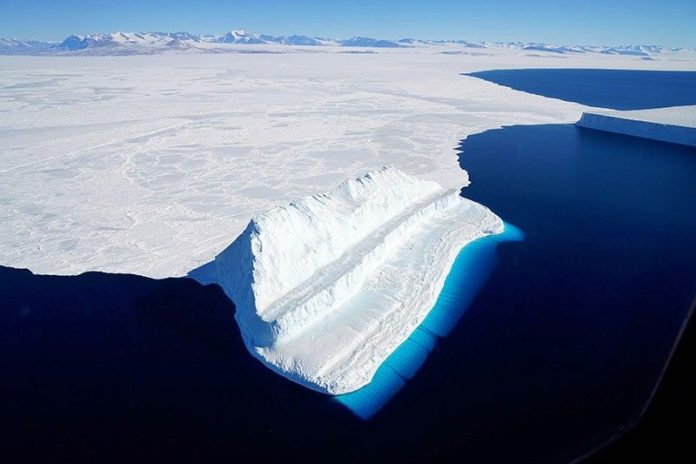The story of Antarctic melt is a tale of two ice sheets. The West Antarctic Ice Sheet rests on a base that is below sea level—meaning that warming ocean waters wash beneath the ice, melting it from below. Meanwhile, East Antarctica’s ice sheet, which holds 10 times more ice than its rapidly deteriorating neighbor, sits mostly above sea level, leaving it relatively safe.
Or so scientists thought. Yesterday, a paper published in the scientific journal PNAS concluded that the East Antarctic Ice Sheet has actually been melting rather quickly, contributing significantly to sea level rise.
The story of Antarctic melt is a tale of two ice sheets. The West Antarctic Ice Sheet rests on a base that is below sea level—meaning that warming ocean waters wash beneath the ice, melting it from below. Meanwhile, East Antarctica’s ice sheet, which holds 10 times more ice than its rapidly deteriorating neighbor, sits mostly above sea level, leaving it relatively safe.
Or so scientists thought. Yesterday, a paper published in the scientific journal PNAS concluded that the East Antarctic Ice Sheet has actually been melting rather quickly, contributing significantly to sea level rise.
It might be hard to see why scientists are sounding the alarm over a few millimeters of water. But Cherry says those small changes get magnified as their consequences cascade through the planet’s oceanic and atmospheric systems. “There are very large reverberations of what’s happening in Antarctica all the way up to Alaska and our communities,” she says. “We see huge problems from storm surges and coastal flooding as a consequence of sea level rise and the disappearance of sea ice.”
“The biggest uncertainty remains human actions,” says Moon. “This is not some inevitability. The actions we take play a fundamental role in shaping what these ice sheets will look like in a hundred years.”





























